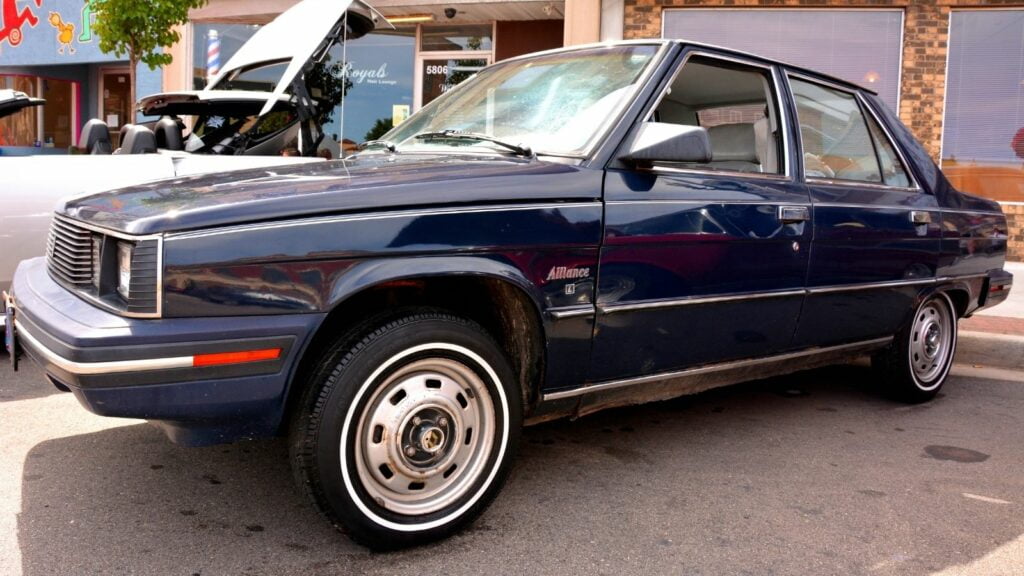French cars have a unique place in the global auto industry. They’re known for bold styling, innovative engineering, and a sense of flair that sets them apart from the German, Japanese, and American competition. In Europe, brands like Peugeot, Citroën, and Renault dominate the roads, while performance fans still admire the likes of Alpine and DS Automobiles. Yet in North America, French cars are almost non-existent, and that’s no accident. A mix of regulations, costs, and consumer preferences has kept most French automakers away. Here’s a closer look at what’s sold here, what isn’t, and why.
French Cars Currently Sold in North America

Right now, French automakers have a very limited presence in North America. The biggest player is Stellantis, which owns Peugeot, Citroën, and DS Automobiles but hasn’t reintroduced those brands into Canada or the U.S. Instead, Stellantis markets French engineering under other badges. For example, some Peugeot technology and platforms have quietly made their way into vehicles sold under the Chrysler, Jeep, or Dodge names.
Renault does not sell passenger cars in Canada or the U.S., but it does have a limited footprint in Mexico, where models like the Renault Kwid, Duster, and Oroch pickup find buyers. This makes Mexico the only true North American country where Renault has a current retail presence. Canada and the United States, by contrast, are left without direct access to the brand.
Alpine, Renault’s performance arm, made a splash in Europe with the lightweight A110 sports car. But despite international hype, it has no official sales channels in North America. Importing one is possible through specialized channels, but there are no dealer networks or service support.
French Cars No Longer Available in North America
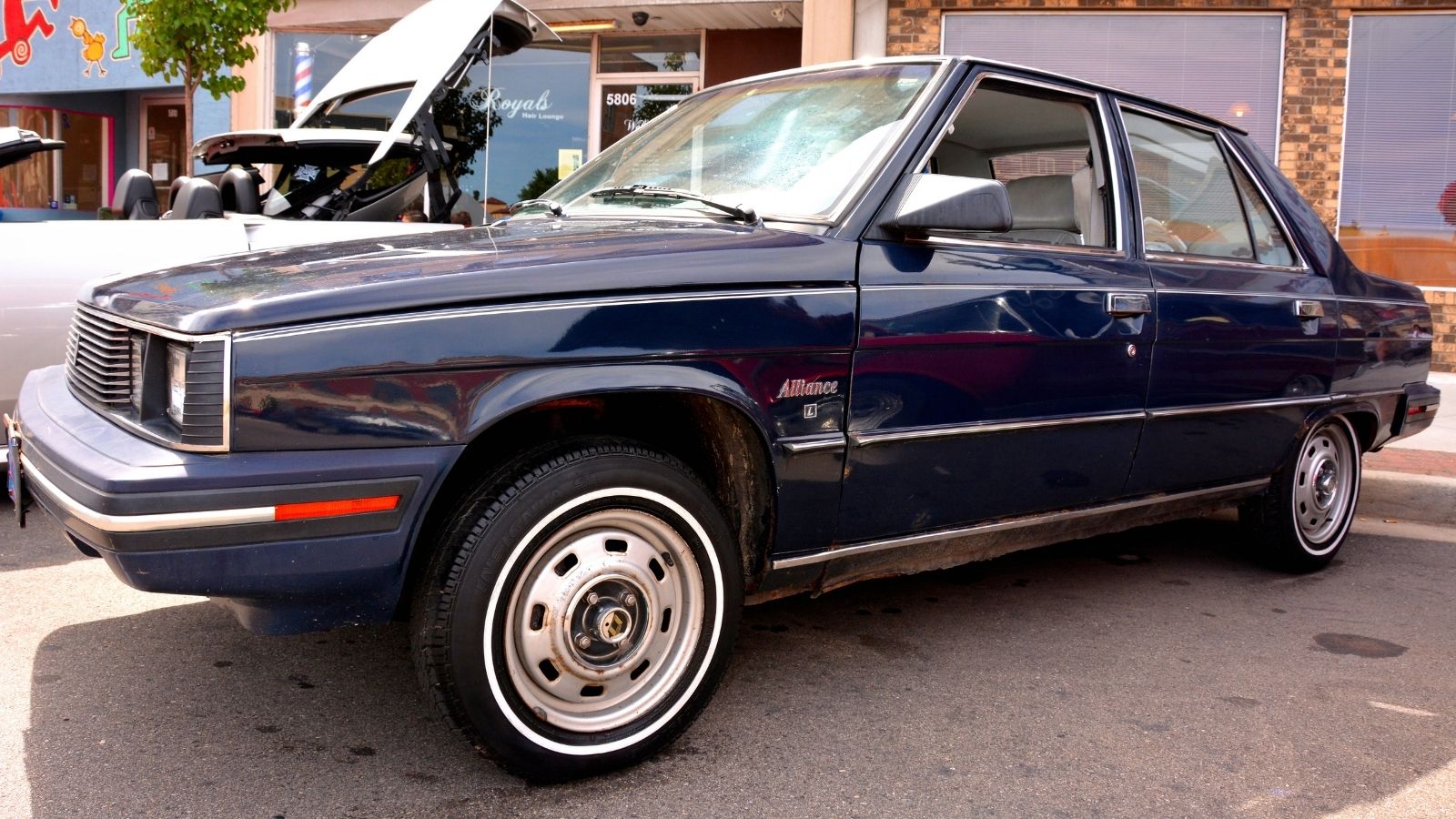
There was a time when French cars were a bigger part of Canadian and U.S. roads. Peugeot sold cars in both countries until the early 1990s, while Renault had some success in the 1980s, especially with models like the Alliance and Encore (built in partnership with AMC in the U.S.). Citroën had its moment decades earlier, but it pulled out by the early 1970s.
These brands disappeared for a combination of reasons: weak dealer networks, difficulty meeting North American emissions and safety standards, and low sales volumes. French cars also had a reputation for quirky designs and complicated maintenance, which didn’t sit well with Canadian or U.S. buyers used to straightforward vehicles with widespread service availability.
Why French Cars Aren’t Available in Canada or the U.S.
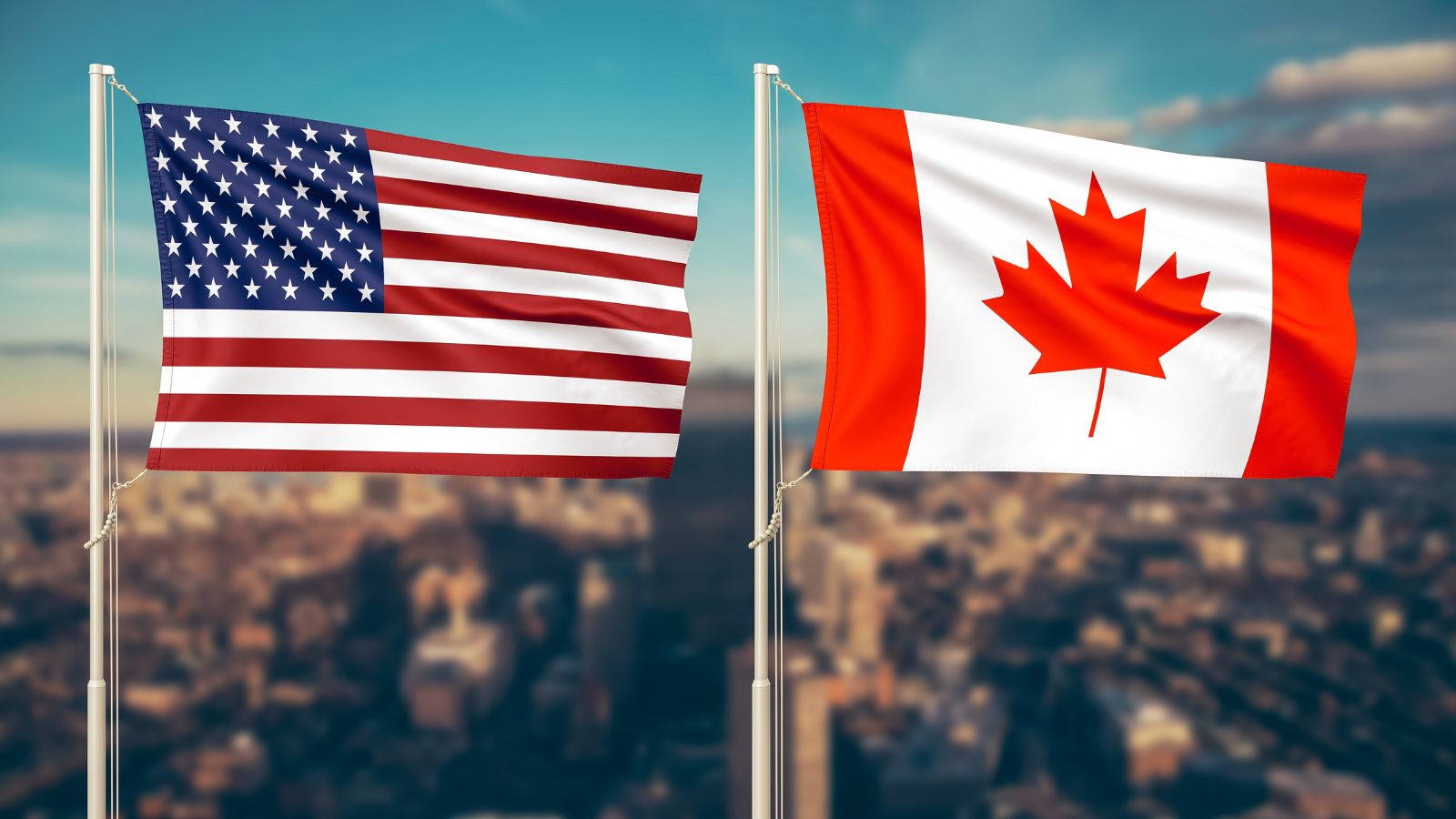
The main barrier is economics. North American regulations around safety and emissions are strict and expensive to comply with, often requiring unique modifications that make it costly for automakers to justify bringing niche models over. Add to that the strong dominance of trucks and SUVs in Canada and the U.S.—segments where French automakers historically haven’t competed strongly—and the financial case weakens further.
Another issue is brand awareness. In Europe, Peugeot, Citroën, and Renault are household names, but in North America, they’re virtually unknown outside of car enthusiasts. Re-establishing these brands would require enormous investment in marketing, dealership infrastructure, and after-sales support. For now, Stellantis seems more focused on expanding Jeep and Ram than bringing Peugeot or Citroën back.
What Canadians and Americans Are Missing Out On
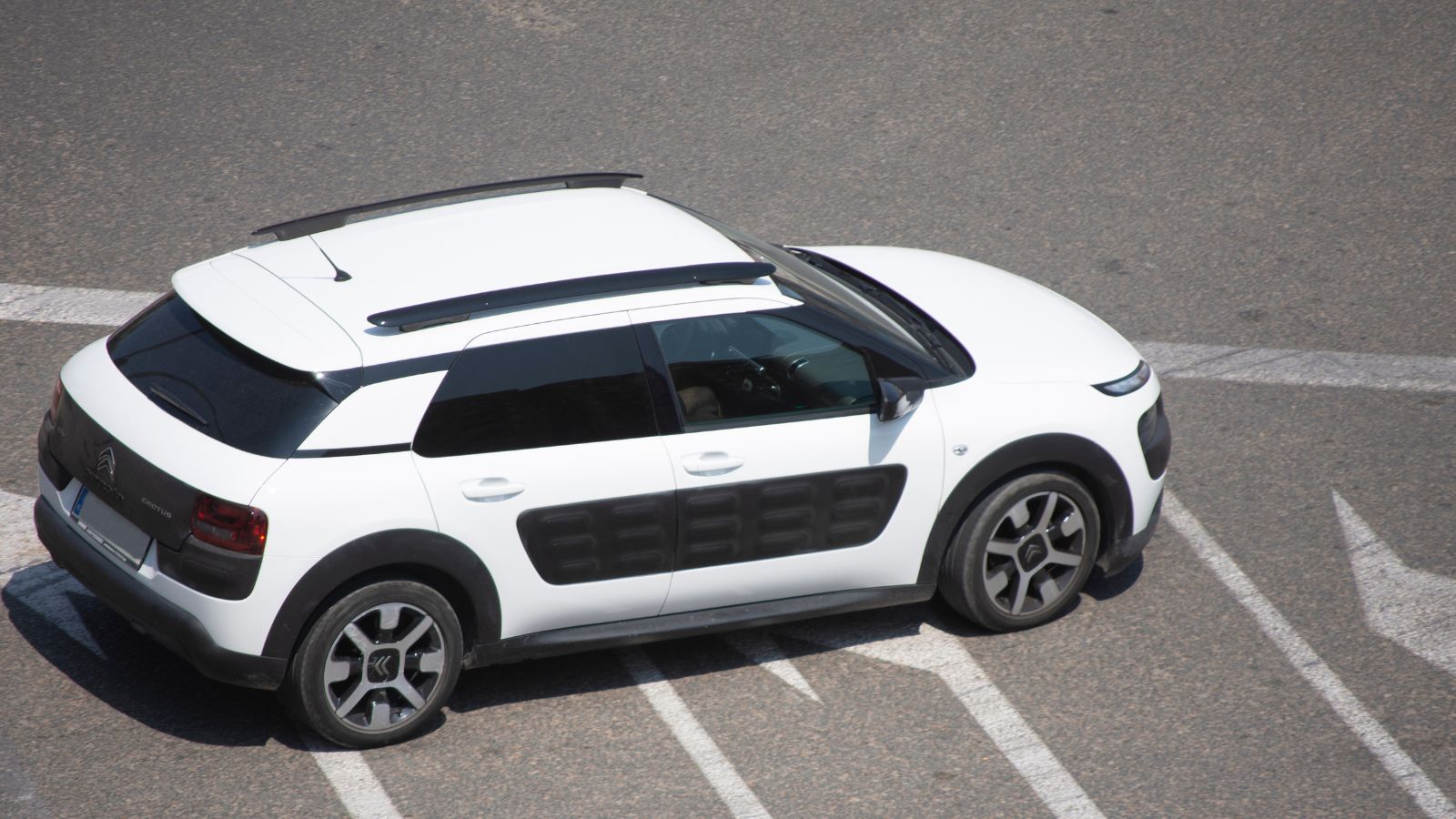
The lack of French cars in Canada and the U.S. means buyers don’t get access to some of Europe’s most interesting vehicles. Quirky designs like the Citroën C4 Cactus, budget-friendly options like the Renault Clio, and stylish crossovers like the Peugeot 3008 aren’t available here. Even sporty models like the Alpine A110 remain forbidden fruit for enthusiasts unless they go through costly import processes once the cars reach the 25-year rule in the U.S. (and 15 years in Canada).
Could French Cars Return?

There have been rumours of Peugeot making a comeback under Stellantis, particularly in Canada where European brands like Volkswagen and Volvo still thrive. However, recent statements from Stellantis leadership suggest the focus will remain on strengthening existing brands rather than reviving Peugeot in this market. Renault and Citroën have no plans to return either. For now, the closest Canadians and Americans get to French automotive culture is through imported classics or Stellantis vehicles that share French engineering DNA under American or Italian badges.
The Bottom Line
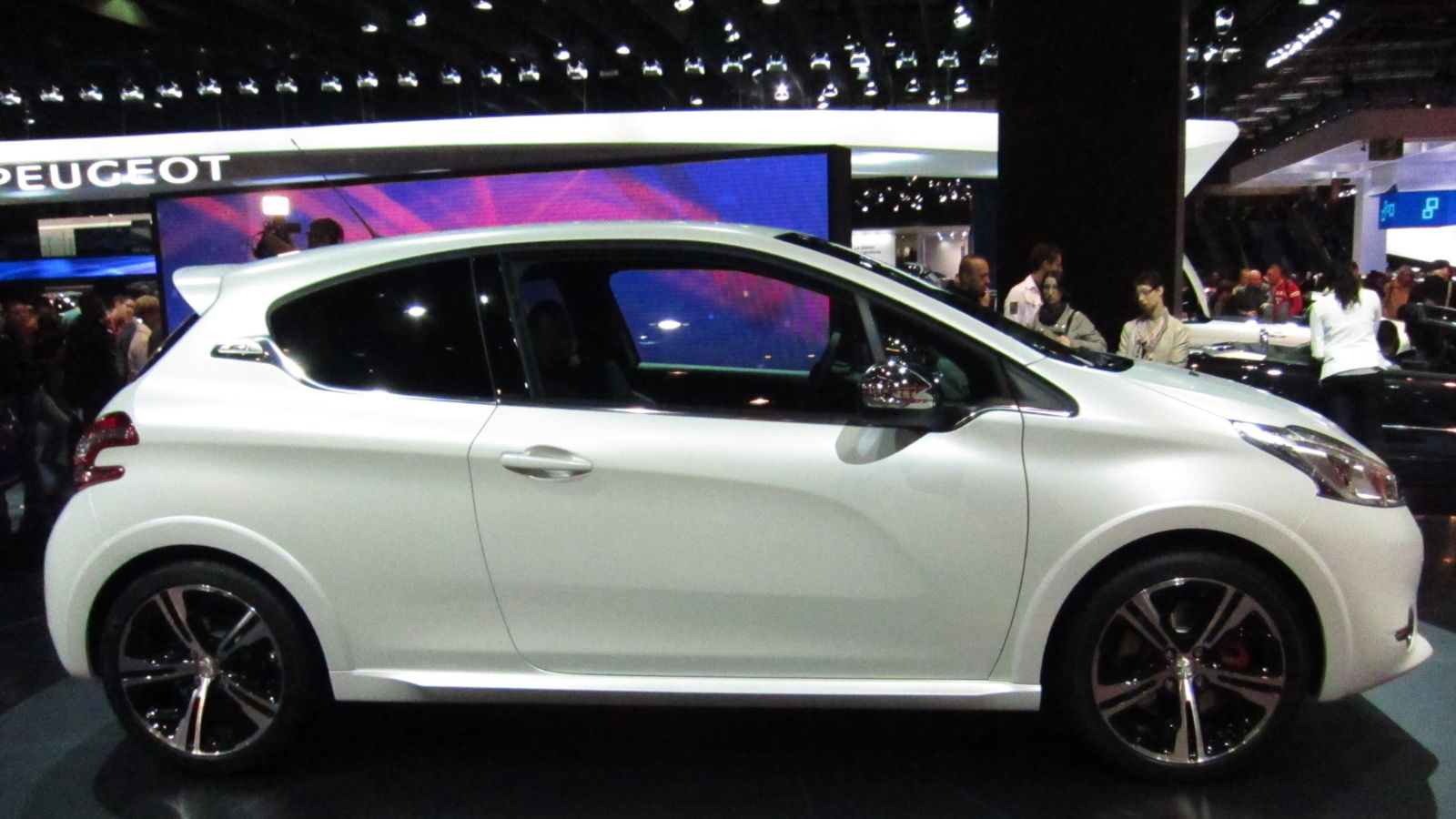
French cars dominate Europe but have been shut out of most of North America for decades. Only Mexico has an active Renault lineup today, while Canada and the U.S. remain without Peugeot, Citroën, or Renault. Strict regulations, high costs, and market preferences have kept them away. For enthusiasts, that means missing out on some of the most stylish and unique cars in the world—cars that offer flair and personality but simply don’t fit into the North American market reality.
25 Facts About Car Loans That Most Drivers Don’t Realize

Car loans are one of the most common ways people fund car purchases. Like any other kind of loan, car loans can have certain features that can be regarded as an advantage or a disadvantage to the borrower. Understanding all essential facts about car loans and how they work to ensure that you get the best deal for your financial situation is essential. Here are 25 shocking facts about car loans that most drivers don’t realize:
25 Facts About Car Loans That Most Drivers Don’t Realize
